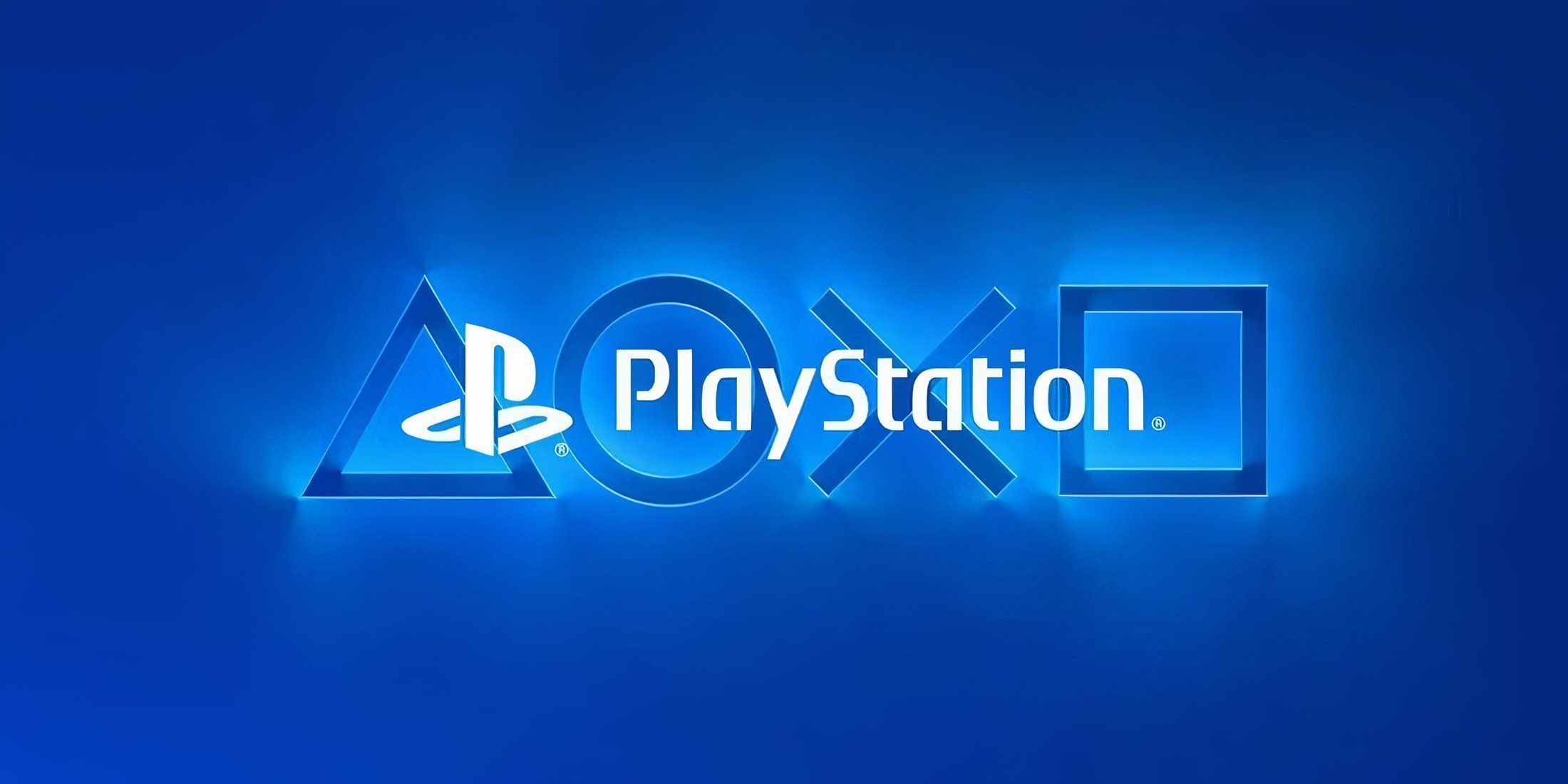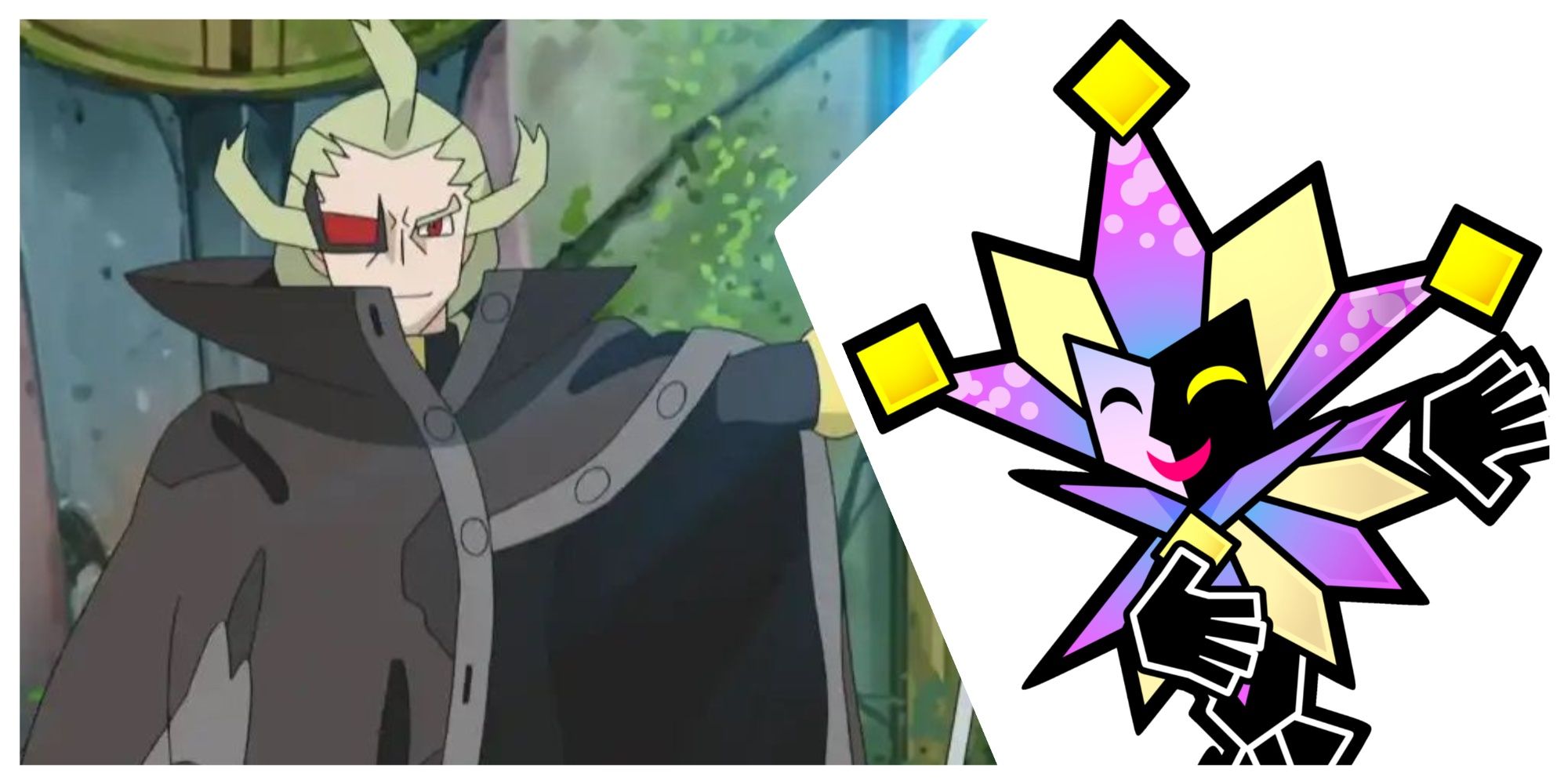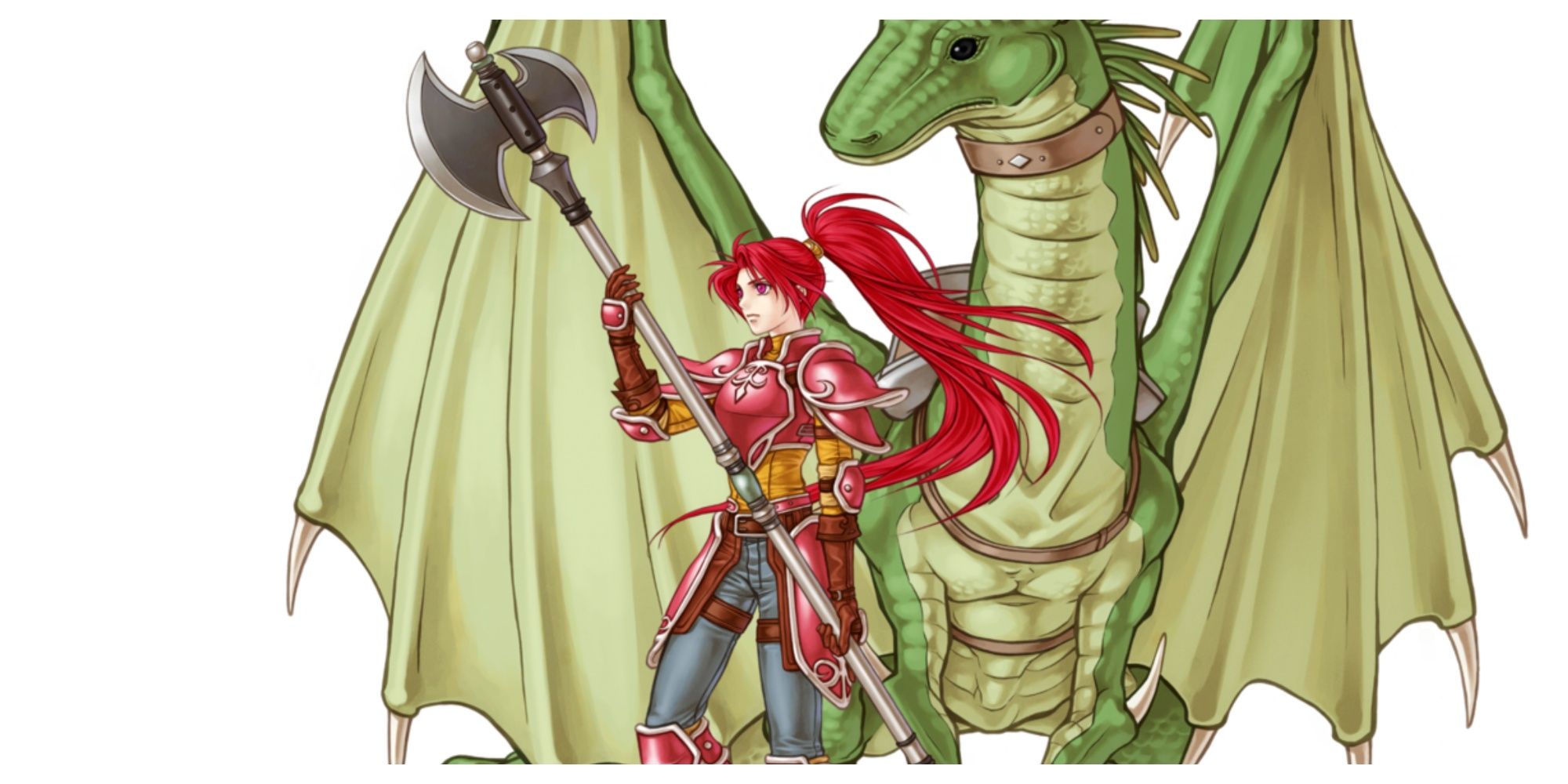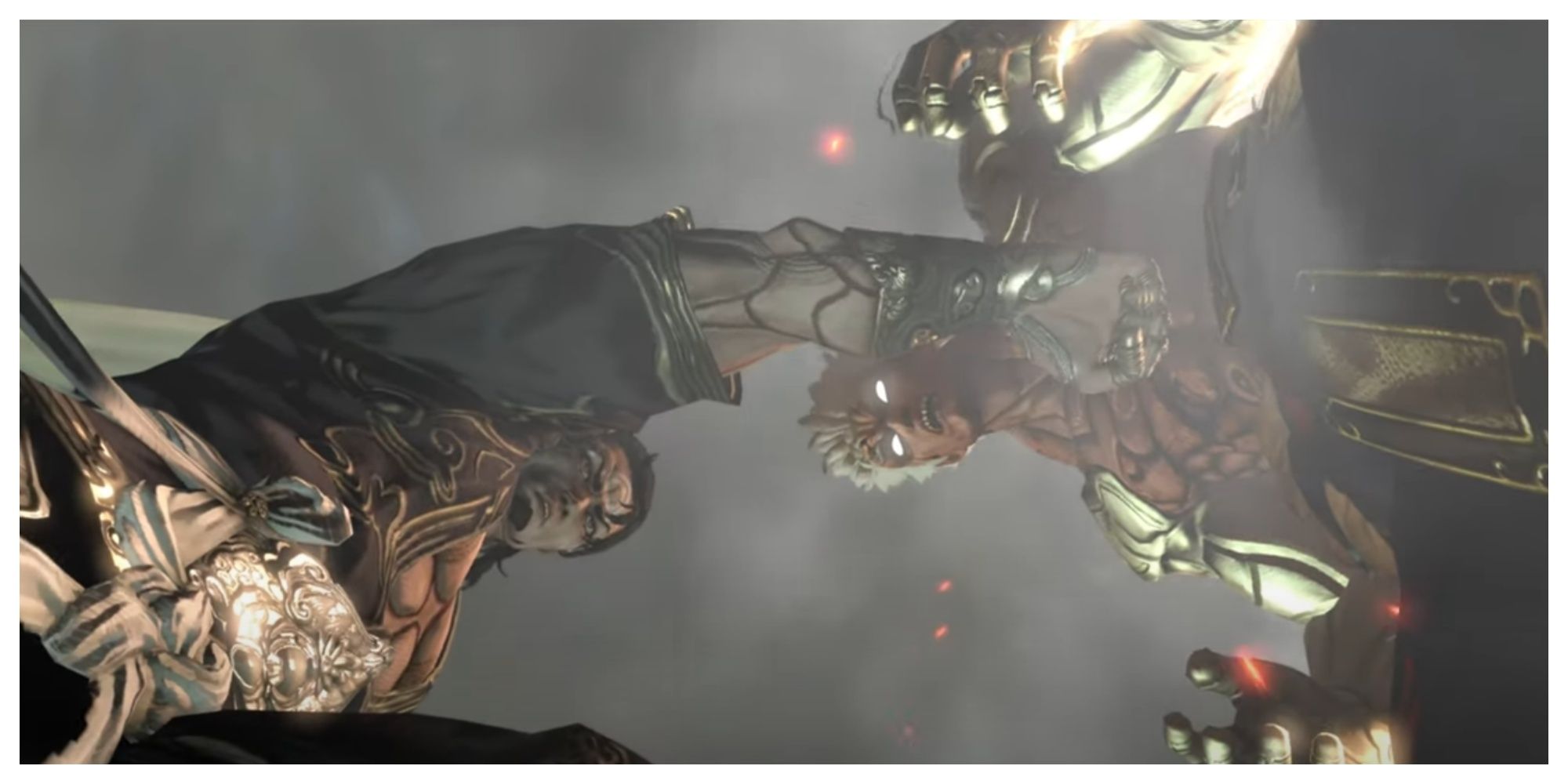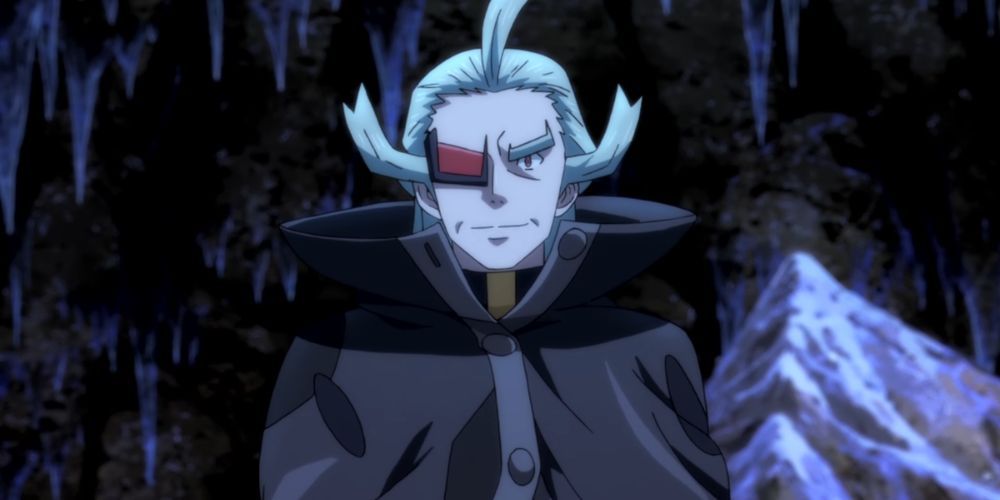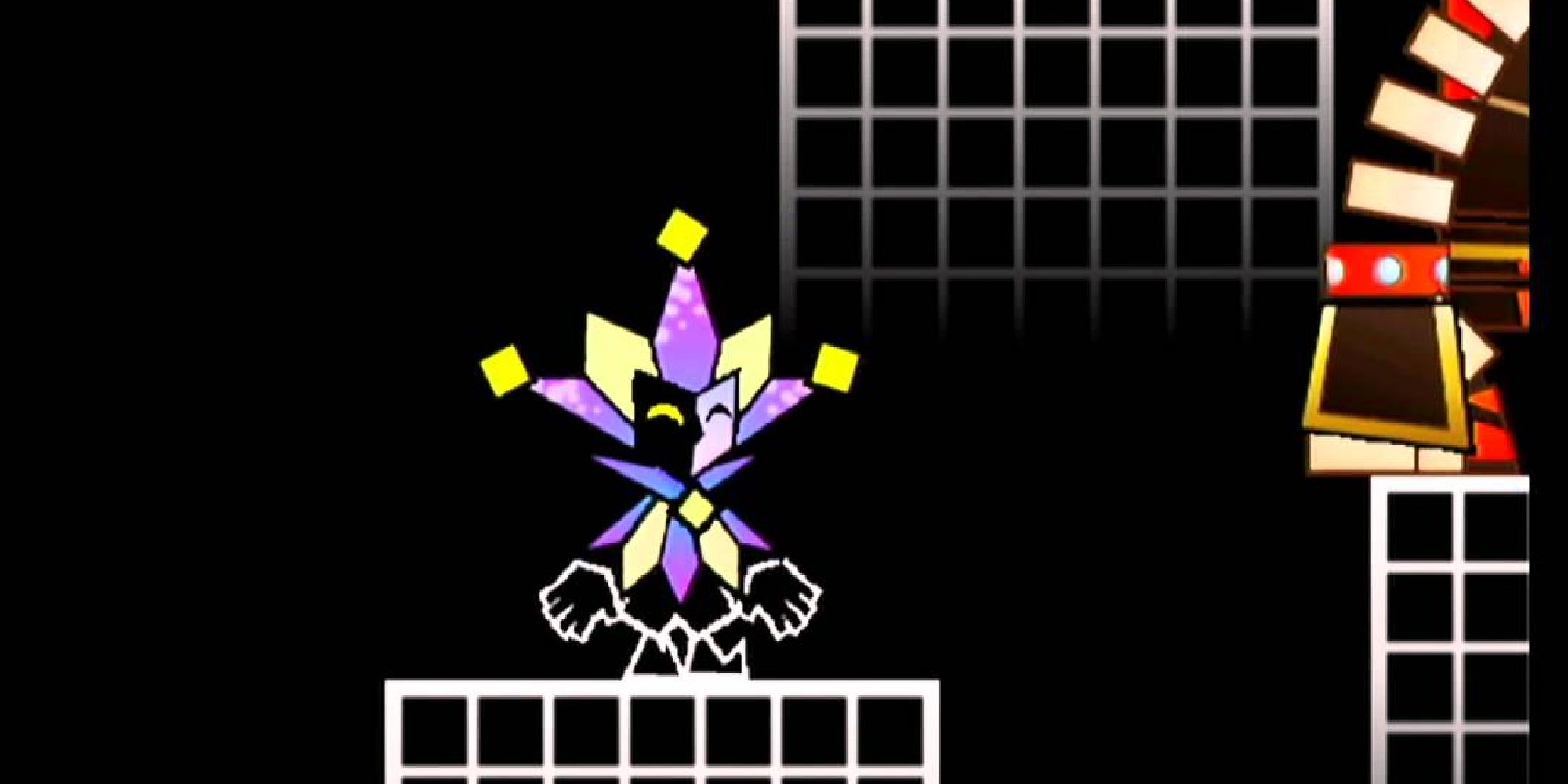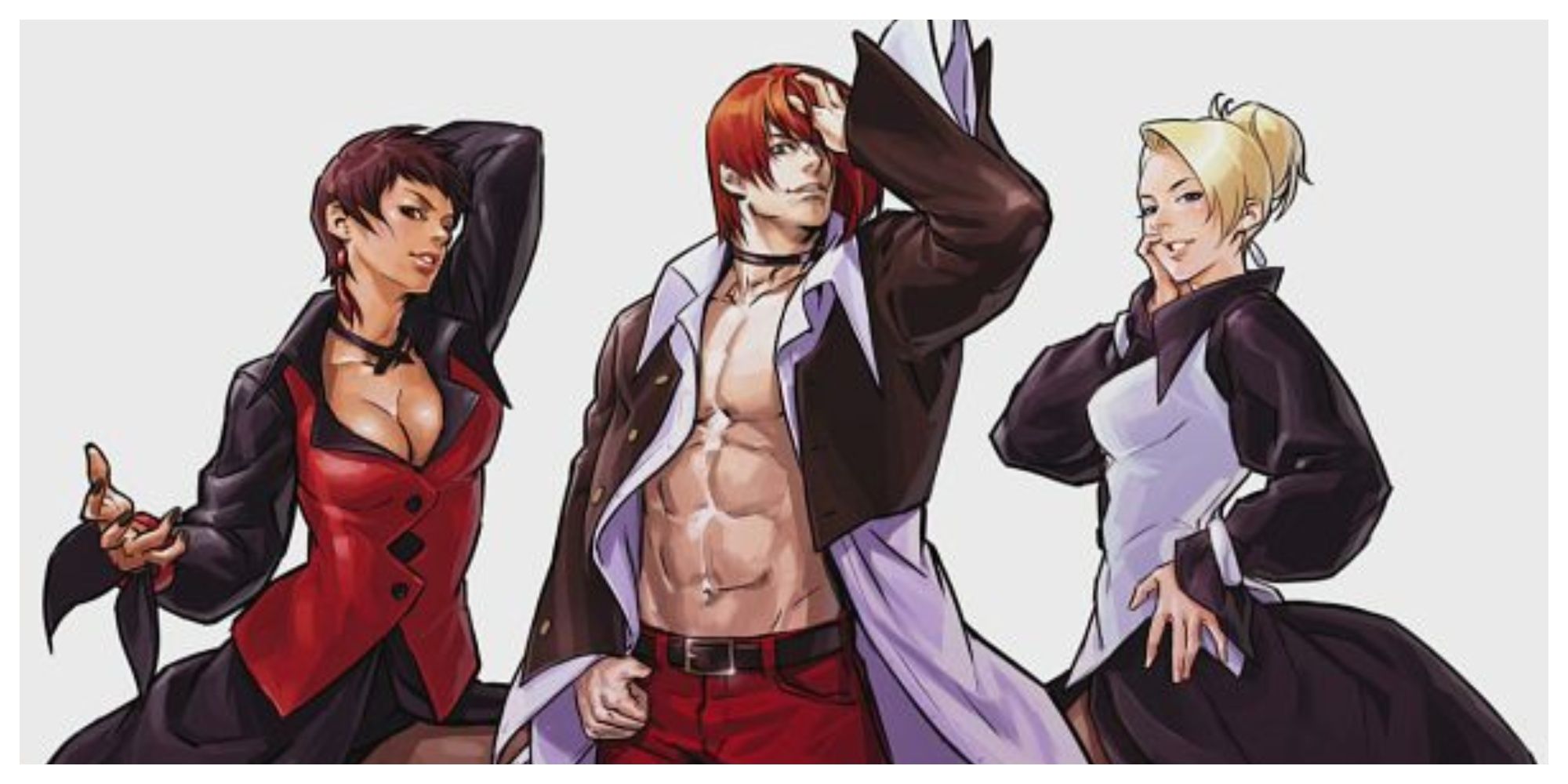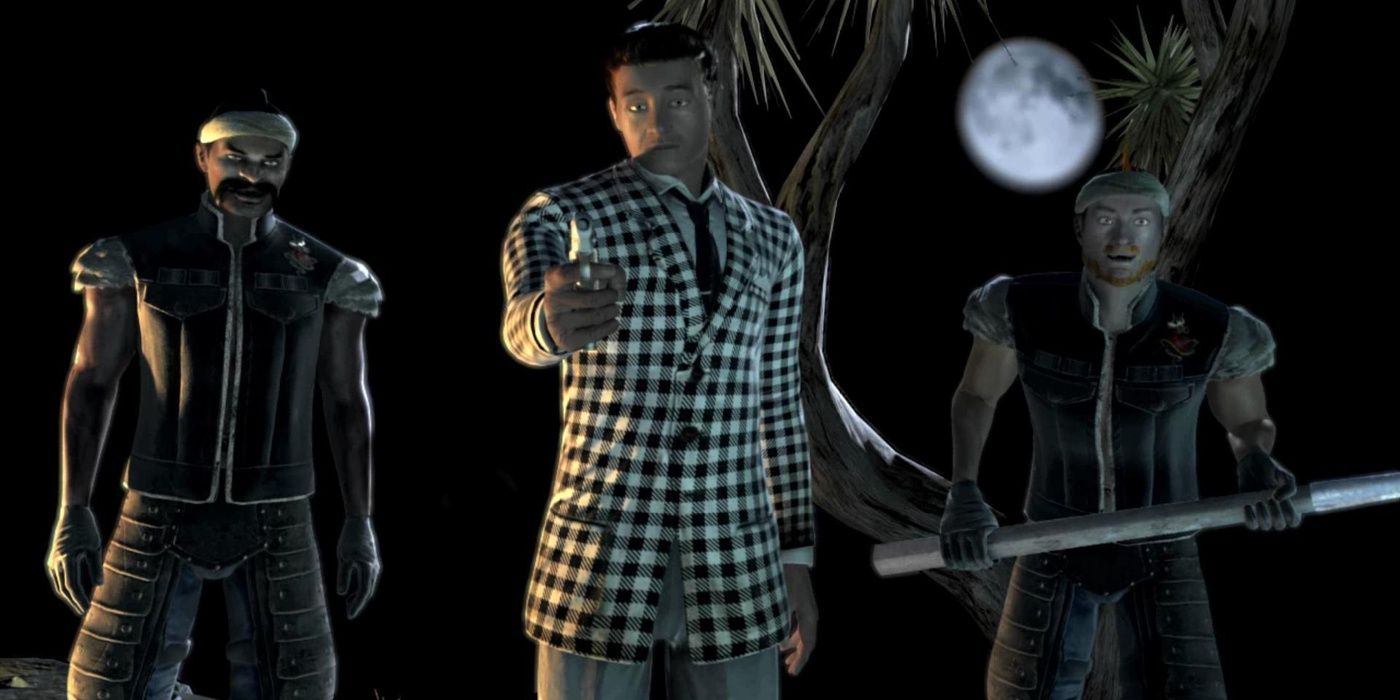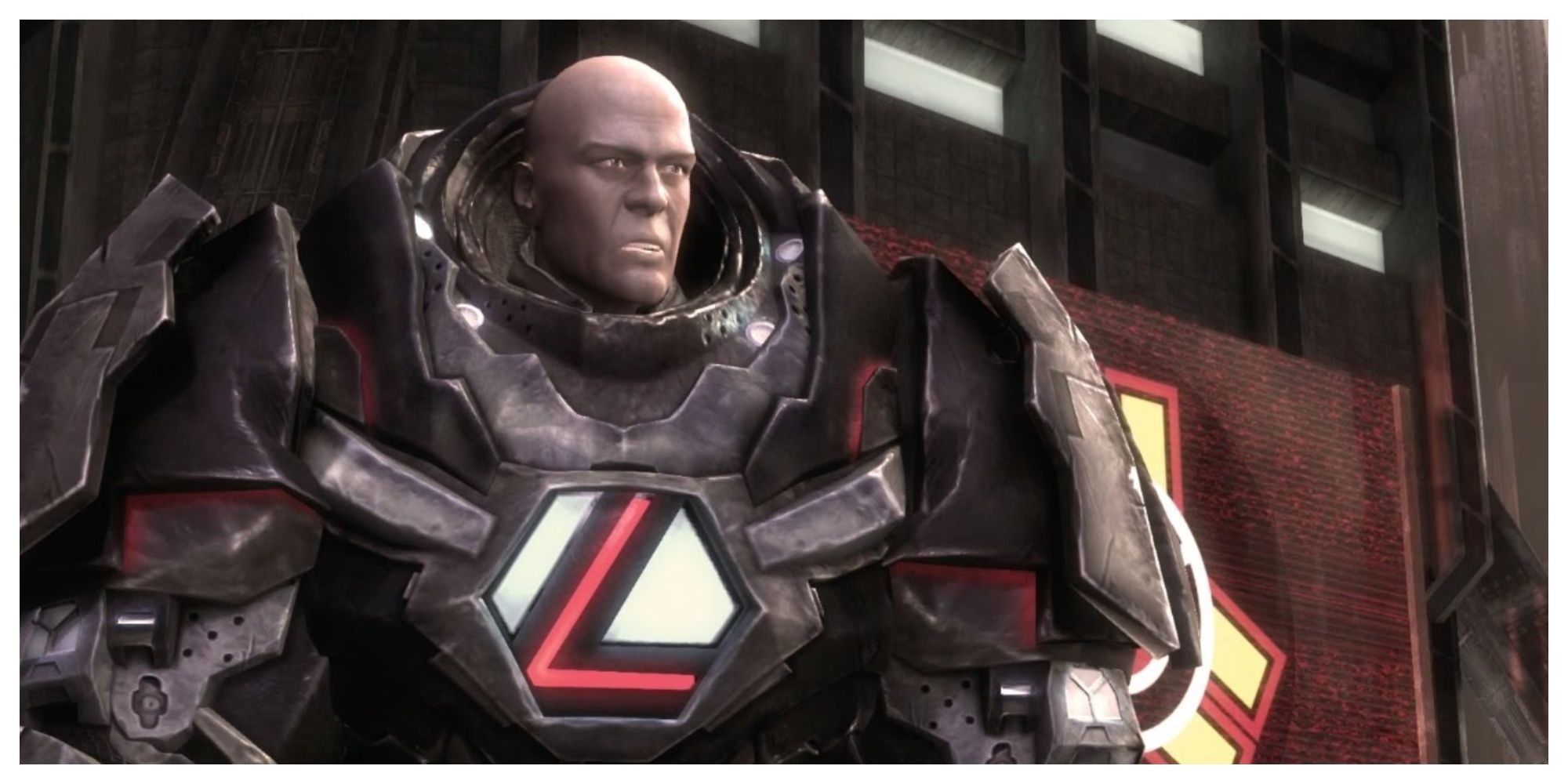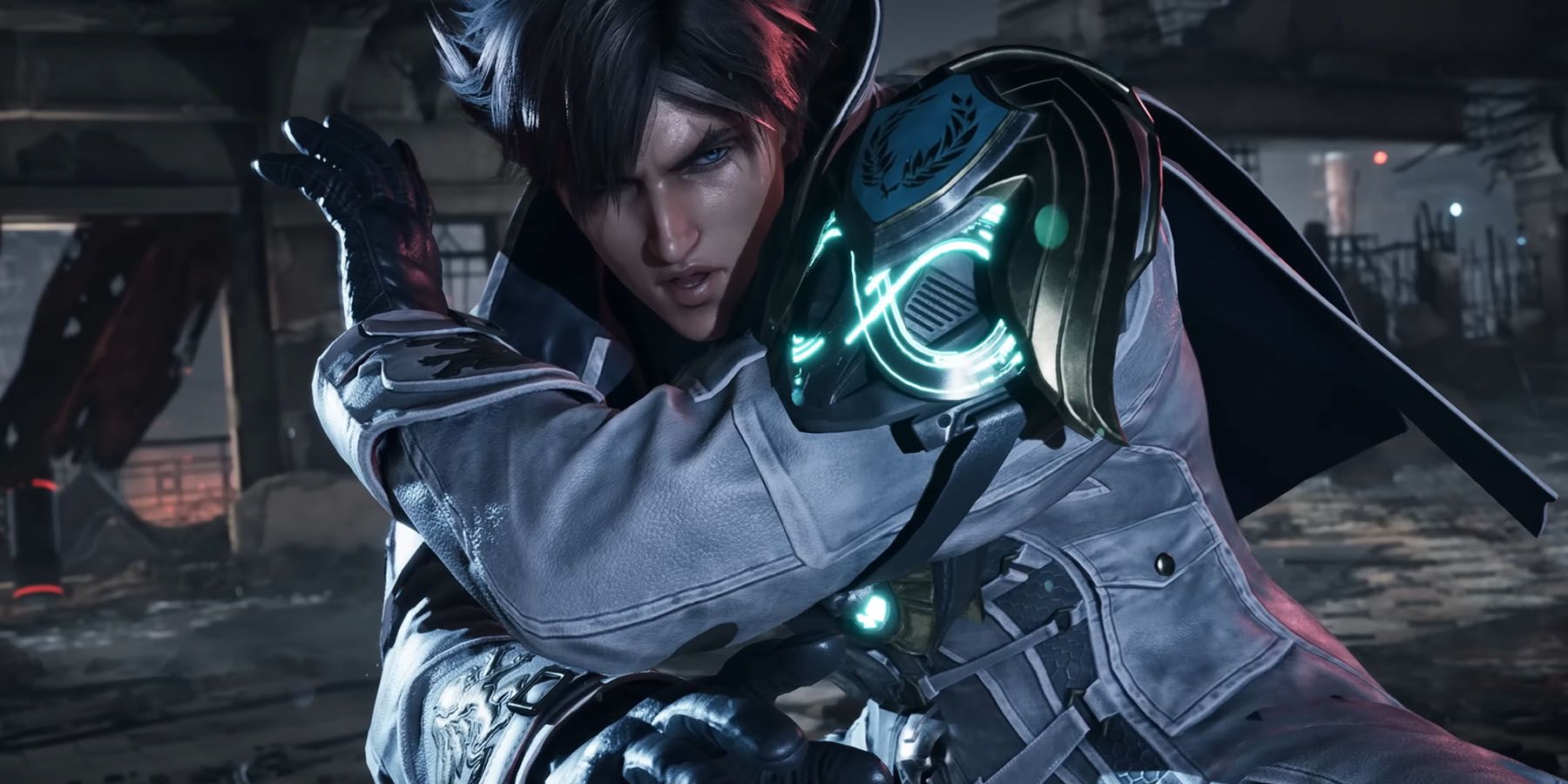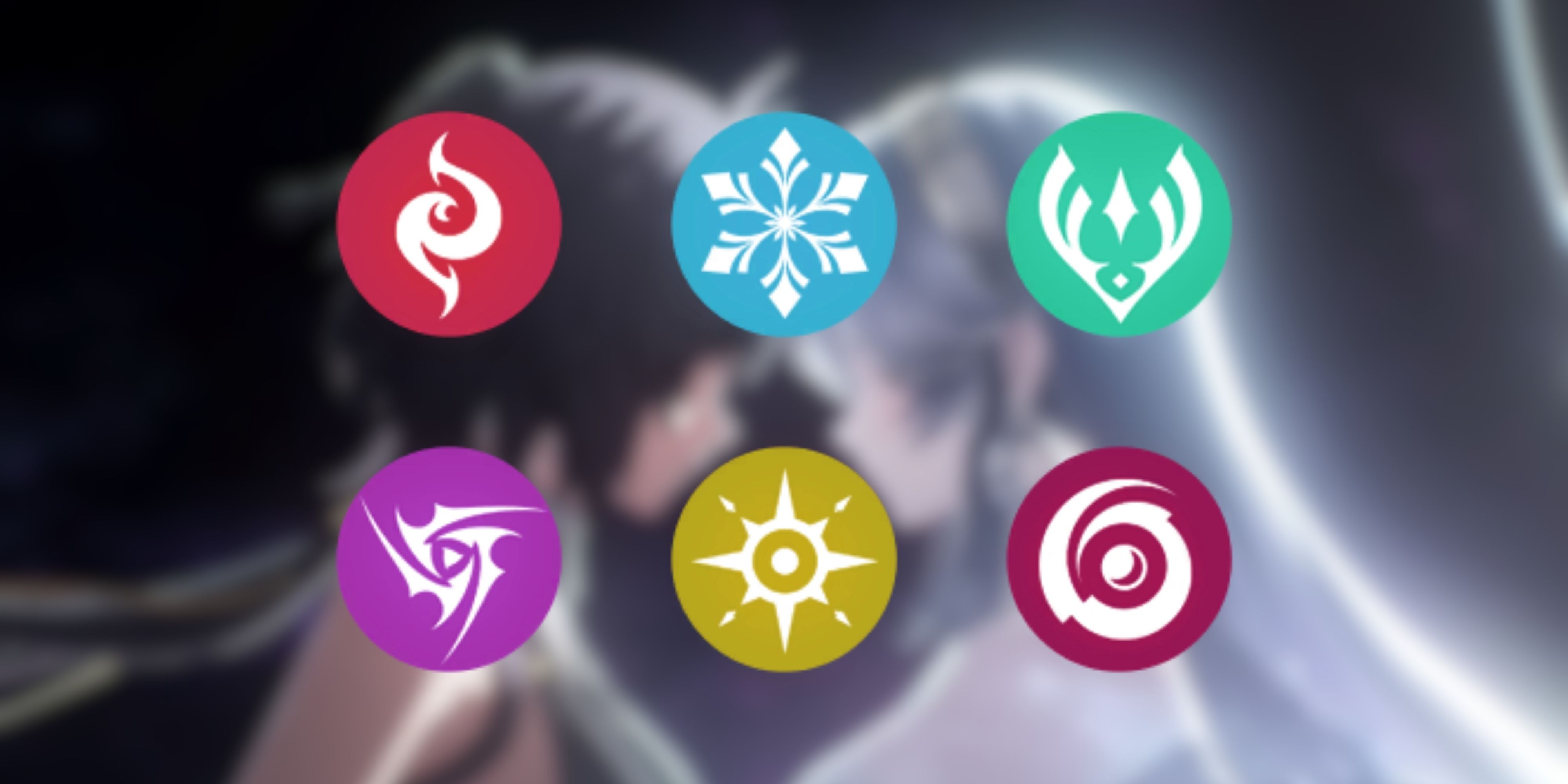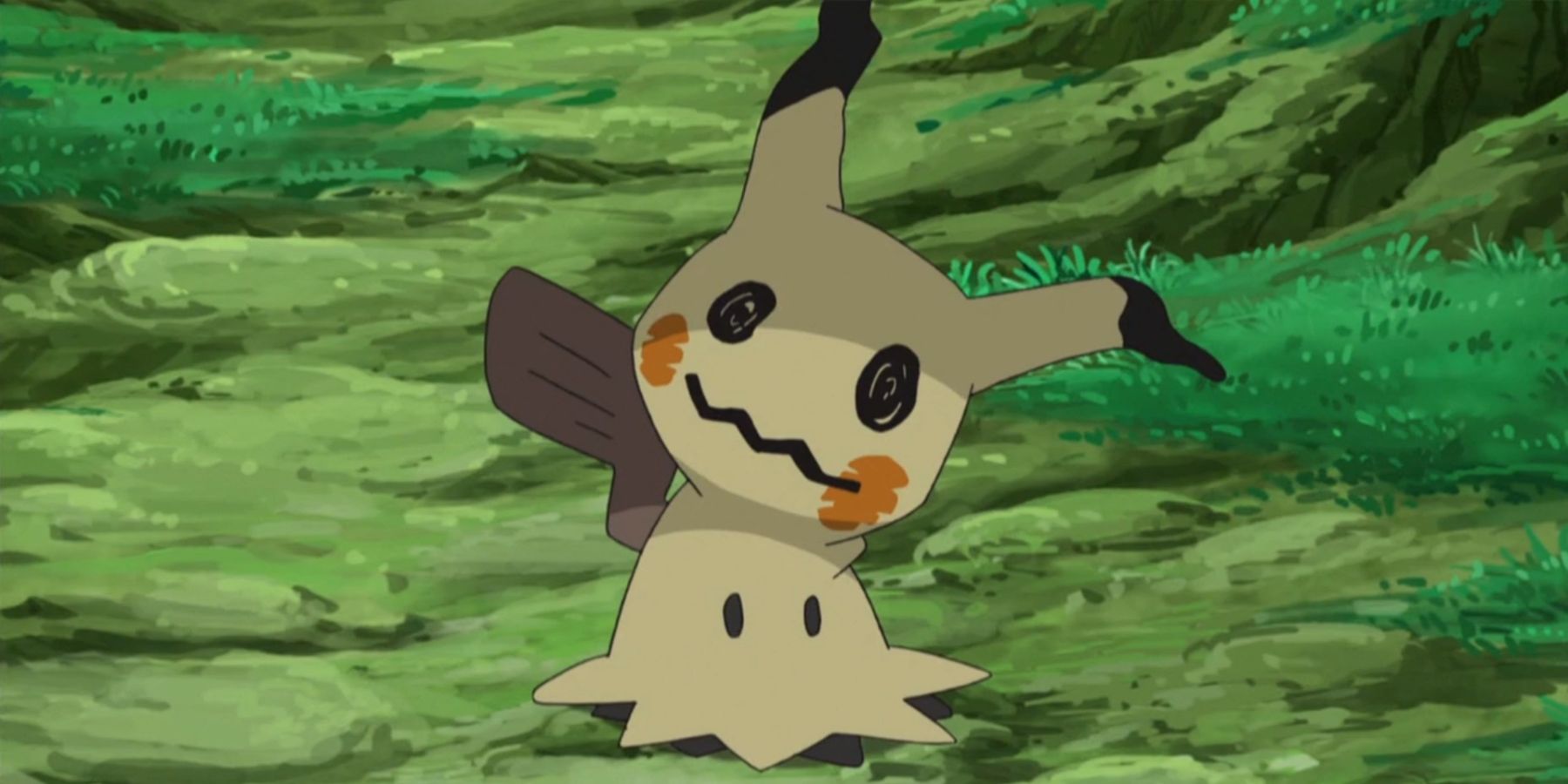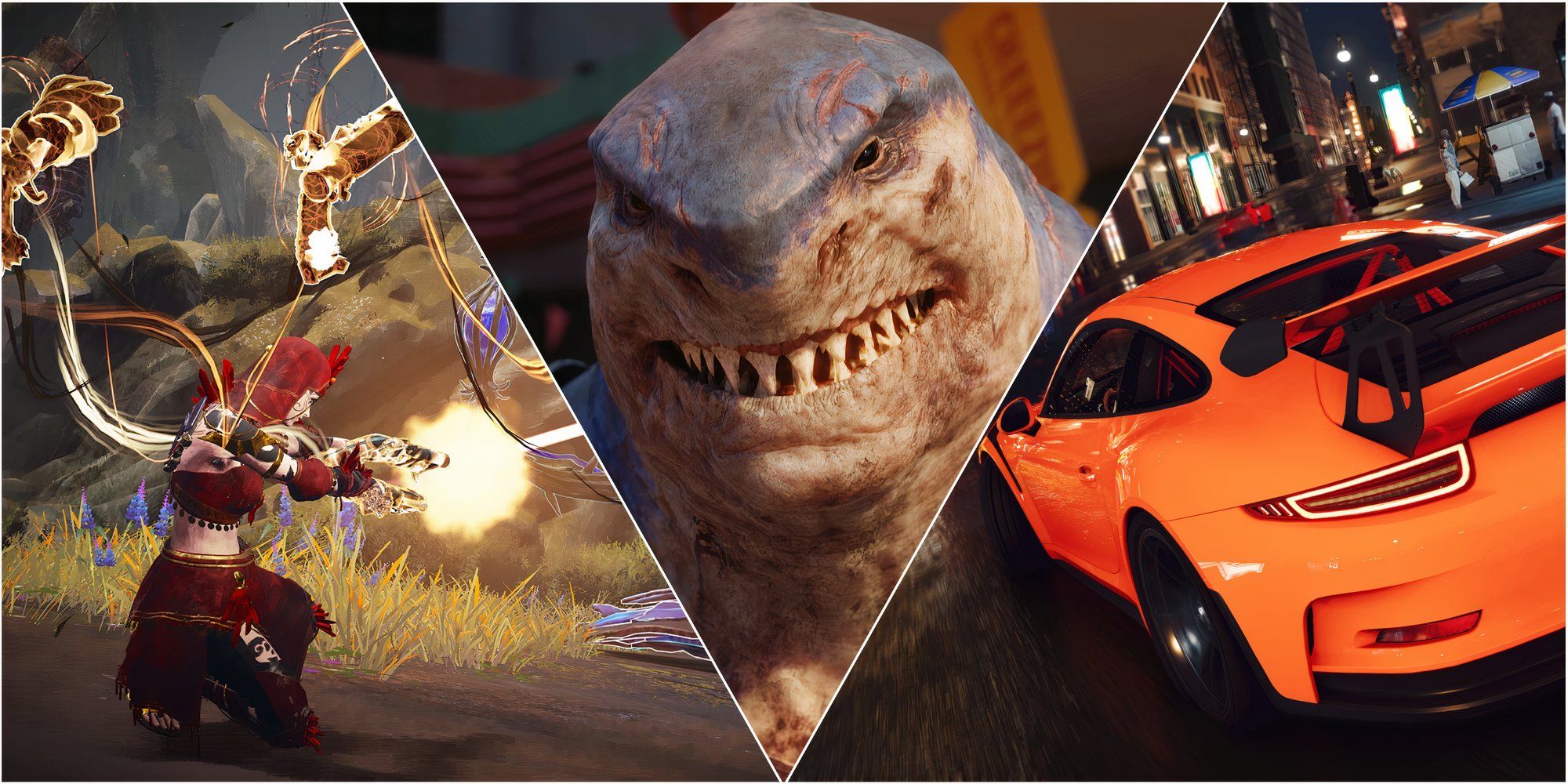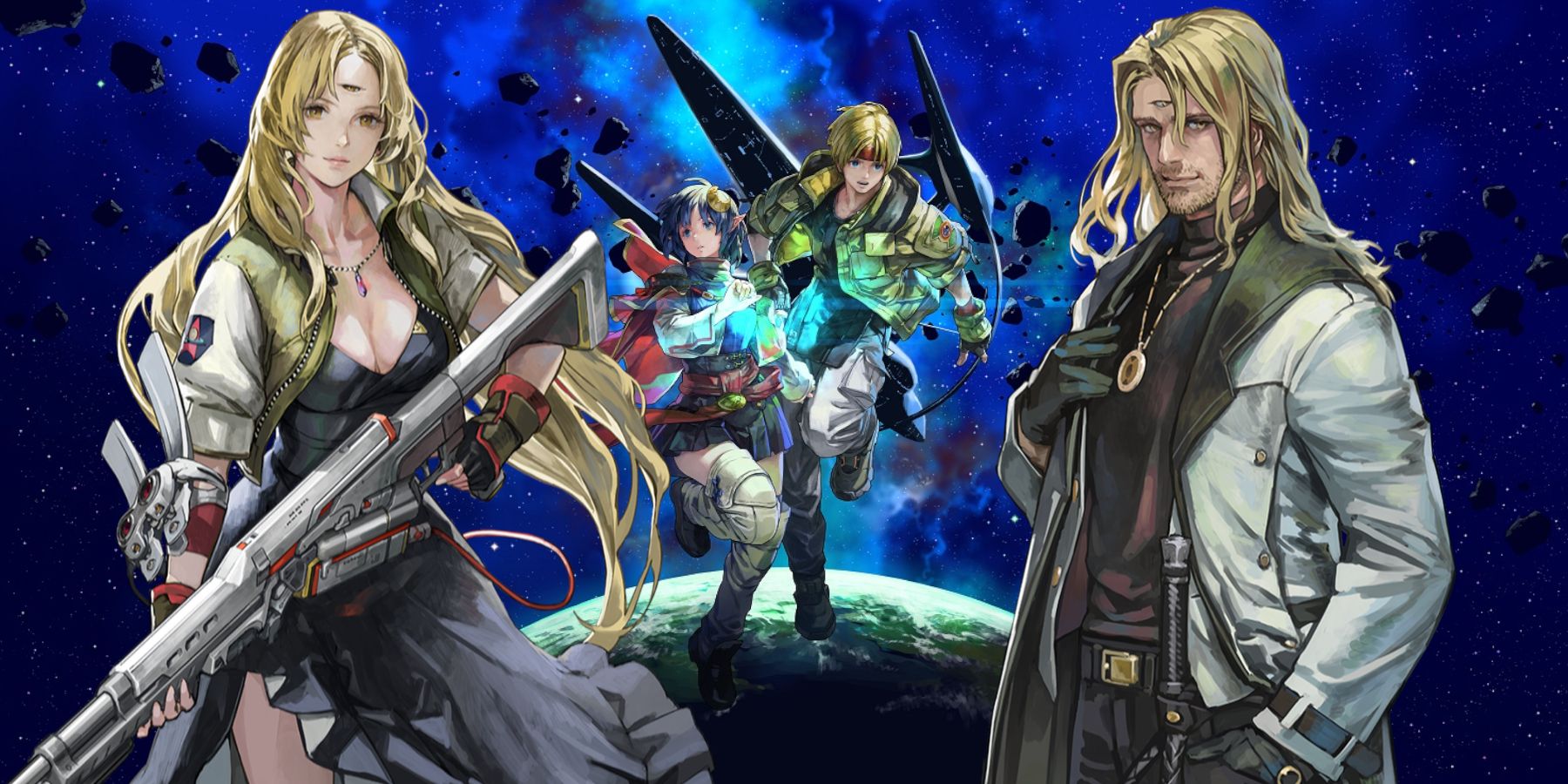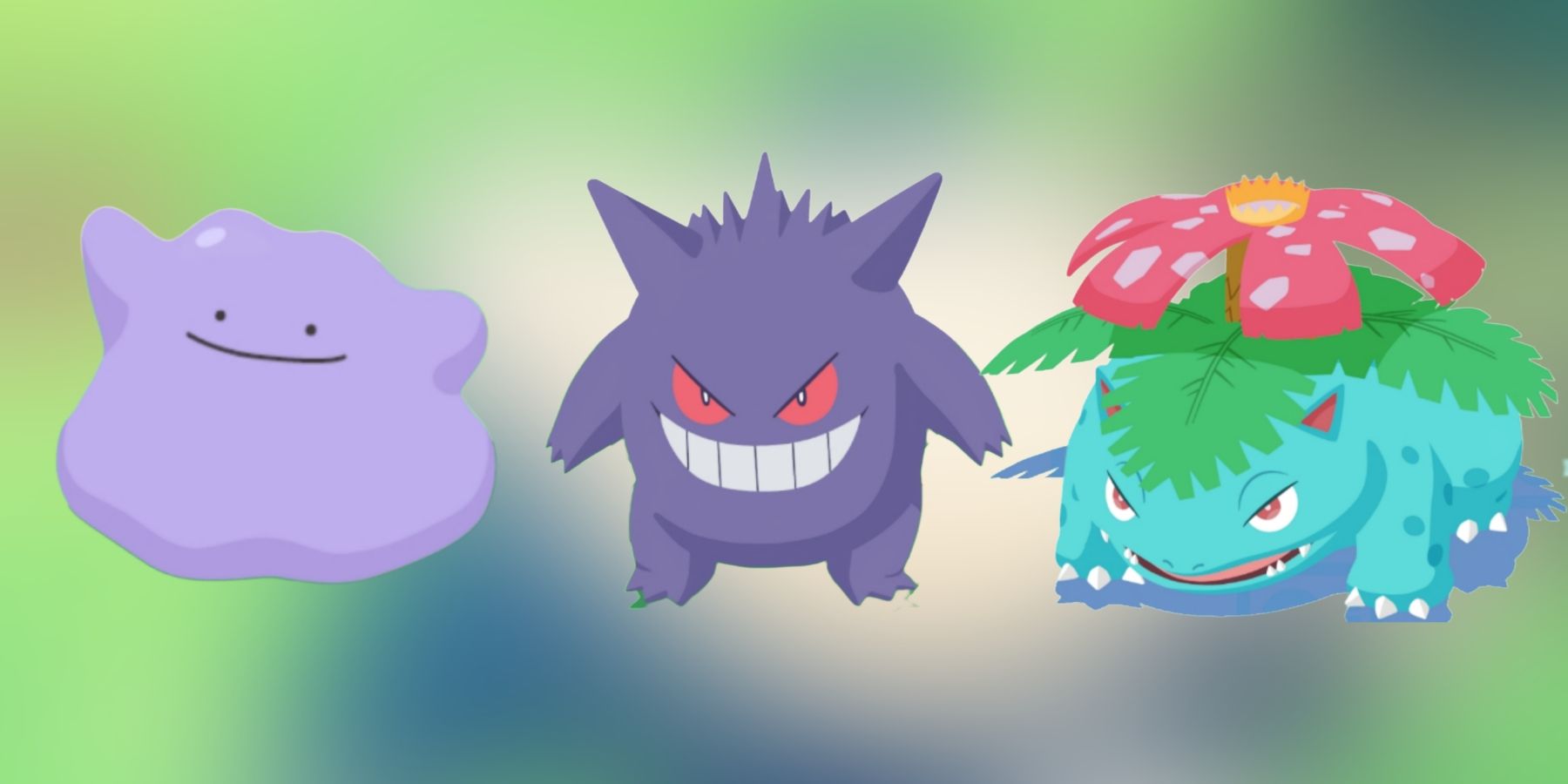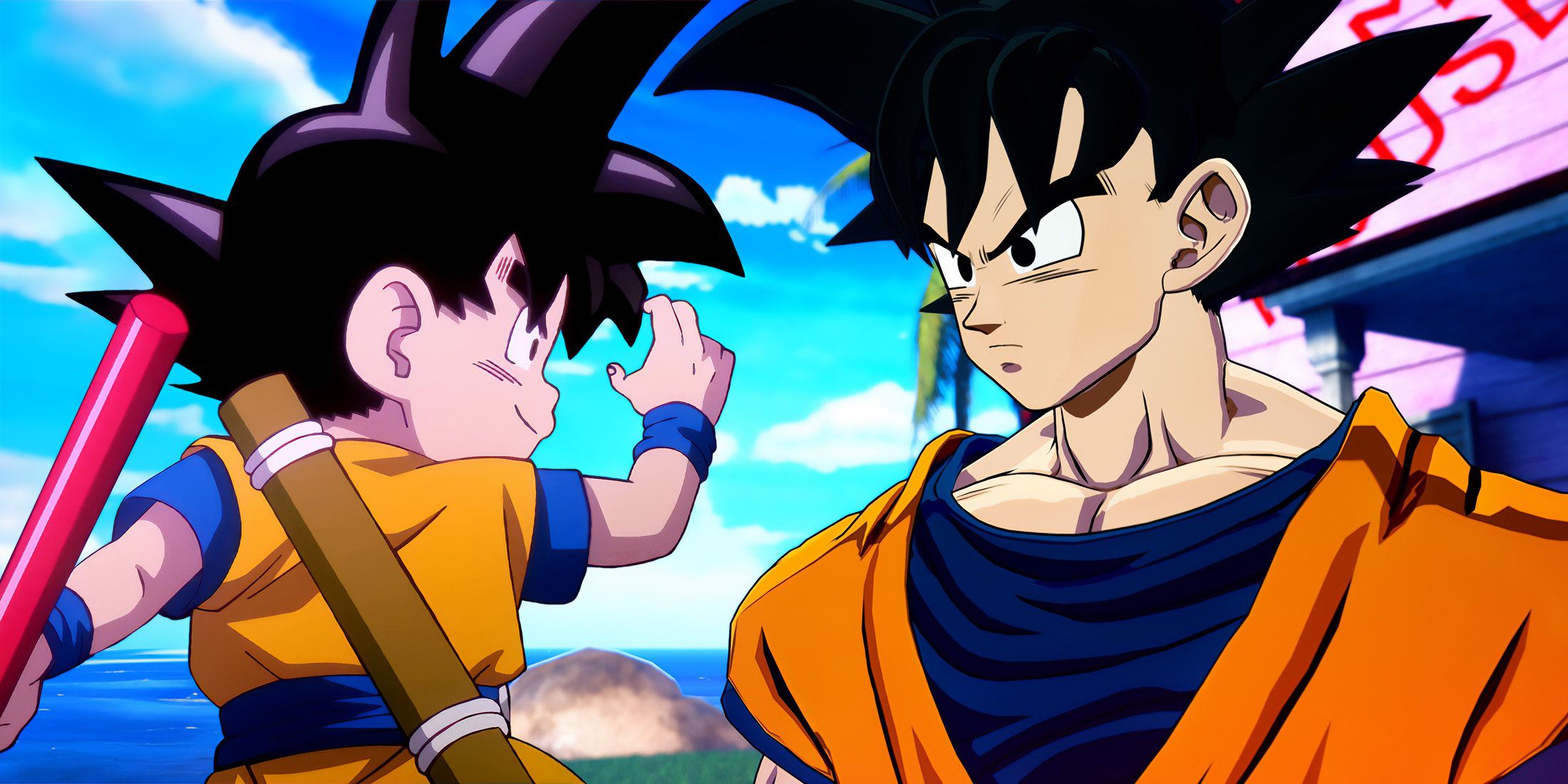Key Takeaways
- Villains can also face betrayal, not just heroes—motivations vary.
- Betrayals often stem from characters’ true intentions and loyalties.
- Villains evoke disgust, invite betrayal, and may have ulterior motives.
Betrayal is an experience that anyone is susceptible to. In video games, and many other stories, betrayals that are the focal point are often ones the hero is dealing with. That said, villains are just as likely—if not more so—to deal with betrayal. If certain villains have lowered standards of decency, they are more likely to invoke disgust from potential allies, or maybe even be more inviting towards those with means and motives to betray them.
Related
8 Best Villains In Horror Games
Nothing beats a great villain in a horror game. Here’s which bad guys have become iconic over the years after their spooky first appearances.
There are many reasons as to why a character would betray a villain, and sometimes it isn’t even for a heroic cause. These video game characters all took it upon themselves to betray the main villain, for reasons personal, moral, or otherwise.
8 Jill
Fire Emblem: Path Of Radiance
Fire Emblem: Path of Radiance
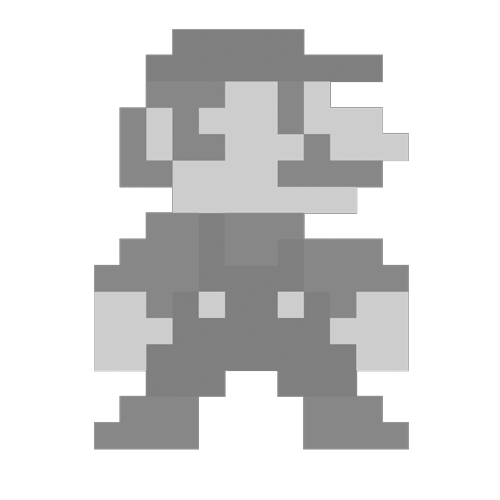
Jill Fizzart is the daughter of Shiharam, a Wyvern Lord who serves as a general of Daein. He was previously under the command of Begnion alongside his subordinate, Haar, but ended up leaving due to corruption within the country’s senate. To maintain good standing in Daein, he had to organize Laguz hunts (humanoid creatures with animal features) despite having no grudges against them. Notably, Shiharam mentions his envy of the cat laguz if they battle him, as he believes them to be blessed with a master worth serving, in contrast to his own evil superiors in both Begnion and Daein.
His daughter Jill is a subordinate under him until she defects to Ike’s unit. Her motivation is initially to hunt Laguz herself, as Ike and his friends are fighting Raven Laguz at that point in time. Her own racist ideals exist in stark contrast to those of Ike’s unit, and she highlights a desire to understand them better as a reason she stayed with them. Jill is also an interesting character in that she is willing to defect back to Daein if certain conditions are met. This involves her encountering Shiharam in battle, selecting the “talk” option, and not having an A-Support with Mist. If she does have an A-Support with Mist, she will not defect back no matter what. Although Shiharam passes away, his ideals are maintained by Haar, who is also capable of defecting. Radiant Dawn, which focuses more directly on the evils persisting in Begnion, gives good context for why Haar and Shiharam defected.
7 Yasha
Asura’s Wrath


- Released
- February 21, 2012
Asura was himself betrayed by his fellow Guardian Generals, who killed his wife and pinned the blame on him. They then enacted their ultimate plan of kidnapping his daughter, and they killed him when he tried to rescue her. This is the root of his titular wrath. He returns to the world of the living several years later and swears revenge. In the process, his anger corrupts him. It is at this point when Yasha, Asura’s brother-in-law and one of those who betrayed him, decides to steer him on the right path and aid Asura afterward.
Yasha’s internal struggle is determining which “good” is greater. Deus swayed him to believe the continual killing of humans, betrayal of Asura, and kidnapping of his niece, Mithra, was all for the sake of protecting people from the Gohma. Yasha’s questioning of this cause was what motivated him to save Asura rather than remain his enemy.
6 Ghetsis Harmonia Gropius
Pokemon Black & White
Pokemon Black and White

Although his actions can be considered a betrayal, one can also argue Ghetsis never had any genuine loyalty to his son, Natural “N” Harmonia Gropius, to begin with. He discovered N, a boy who had the odd ability to directly communicate with Pokemon and groomed him to be the “King” of Team Plasma. N was specifically raised alongside Pokemon from abusive environments to foster a false belief that Pokemon all yearned for liberation from humans.
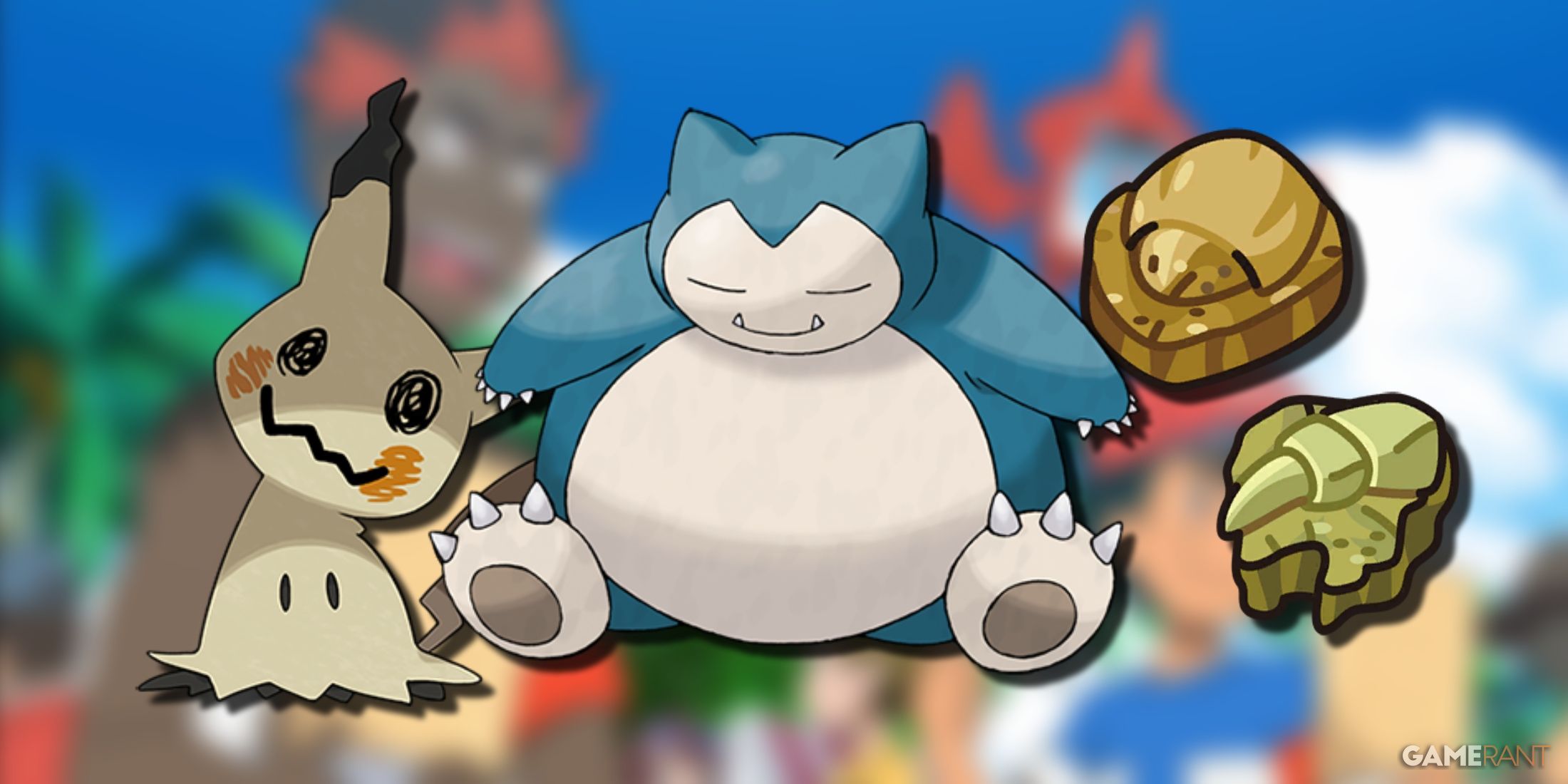
Related
All Pokemon Sun and Moon’s Cut Pokemon Explained
A huge number of documents about Pokemon games surfaced after the Teraleak, including mentions of several cut Pokemon from Gen 7 titles.
However, repeated battles against the player and continual exposure to the bond they share with their Pokemon leads N to rethink his ideals. After defeating N, Ghetsis is disappointed by his foster son and reveals his true intentions. He wished to deprive others of their Pokemon so he could accomplish a takeover of Unova more easily. After losing to the player, Ghetsis breaks down and remains unseen until the sequel, Black 2 and White 2.
In these games, he is once again the true leader of Team Plasma, but with an asterisk of sorts. The organization fractured between those who were loyal to N’s genuine goals of caring for Pokemon, and those who wished to follow Ghetsis’ goals of dominating the region. After breaking down again, the Shadow Triad—three of his subordinates—say that Ghetsis has “lost his heart,” presumably meaning he is incapable of formulating further plans, suggesting he is either dead or incapacitated.
5 Dimentio
Super Paper Mario
Super Paper Mario

Dimentio is first seen as a subordinate to Count Bleck, alongside the likes of Nastasia, O’Chunks, and Mimi. He is shown to be an arrogant character with an ability to flip between and manipulate dimensions. He presents himself as a loyal servant to Count Bleck, and continually comes into conflict with Mario and many of his friends. Bleck’s tendencies are enabled in part by the supposed loss of his partner, Timpani. In truth, she is Mario’s guide and is ultimately able to reunite with her past lover.
Dimentio, however, is not a part of this picture. He is instead a mere user, who has been effectively manipulating both members of Mario and Bleck’s camps to achieve his own ends. He aided Count Bleck so he could gain the Chaos Heart, and manipulated Luigi, brainwashing him into becoming “Mr. L,” so he could fuse with him into a more powerful form. It is ultimately this disloyalty that positions Dimentio, and not Bleck, as the true villain of the game.
4 Vice & Mature
King Of Fighters
The King of Fighters XV
- Released
- February 17, 2022
- Developer(s)
- SNK
- OpenCritic Rating
- Strong
These sadistic cultists have a muddied alignment. They are members of the Hakkeshu, a cult dedicated to exterminating humanity, as is the will of Orochi. Nonetheless, their dedication to that cause is questionable, especially when positioned alongside Iori Yagami. Along with Kyo Kusanagi and Chizuru Kagura, Iori is one of three clan heads responsible for the defeat and sealing of Orochi. However, his clan tainted their blood in a pact with Orochi. This made them susceptible to the Riot of Blood, which causes people with both Orochi and human blood to become stronger, but at the cost of their sanity.
Despite, or perhaps because of the fighter’s similar ruthlessness, Vice and Mature seem to prefer him to their fellow cultists. They first debuted as part of his team in King of Fighters ’96. Canonically, they have teamed up with Iori three times, the latter two occurring after he went mad and murdered them. It is not clear why the two flock to him, given that his actions are antithetical to their supposed goals, but perhaps their shared sadism and disregard for others causes them to overlook his frequent and blatant disrespect for them. Seeing as Vice and Mature are not particularly friendly to one another, they seem to enjoy inflicting cruelty as a general rule, past alignments be damned.
3 Benny
Fallout: New Vegas
- Released
- October 19, 2010
Robert House was obsessed with his vision of a pre-war Vegas, showing a disdain for the groups that had arisen after the nuclear holocaust. To establish an independent Vegas, House enlisted three raider tribes in the area to muscle out the others on his behalf, which led to many people dying and the survivors lacking resources in comparison to those who sided with House.
Although House is not strictly the “villain” of Fallout: New Vegas, his methodology, along with how the storyline can vary, allows for him to be considered as such. House’s own operations also led to the rise of a figure who would seek to overthrow him; Benny. This gangster is one of the first characters the player sees upon beginning the game; Benny attempts to kill them to prevent House from getting the platinum chip they were carrying.
How important Benny is depends on whom the player sides with. House views Benny as a threat for obvious reasons and will order him to be dealt with. The Legion will also capture Benny should he encounter them. However, he is irrelevant to the NCR storyline. Ultimately, whether he lives or dies is an element of the game that is mostly left to the player’s discretion.
2 Lex Luthor
Injustice: Gods Among Us
- Released
- April 16, 2013
- OpenCritic Rating
- Strong
The Injustice video games primarily focus on an alternate DC Universe where Superman effectively becomes a dictator, creating the One Earth Regime in response to the death of Lois Lane at the hands of the Joker. This ultimately becomes one of many takes on the fabled “Evil Superman” concept. He is far more willing to kill not only villains who commit crimes, but other heroes unwilling to serve him. His ruthless ideology combined with his power is enough to cause a great number of heroes and villains alike to join his cause.
One such “villain” is Lex Luthor, his arch-enemy in the main universe, although a purported friend of the “hero” in this one. A noted tech mogul, Luthor is also funding the Regime, allowing them to accrue weapons with his resources. Although acting as an ally of Superman, this version of Luthor is actually a mole for Batman’s rebel organization, the Insurgency, dedicated to overthrowing the Regime. Covertly funding the Insurgency’s efforts as well, he was partially responsible for the transportation of the main universe’s Justice League to the Injustice universe. After revealing his true allegiance to Regime Superman, he eventually dies a hero in battle, decrying Superman’s “peace” as a joke.
1 Lars Alexandersson
Tekken
Tekken 6
- Released
- October 27, 2009
- Developer(s)
- Namco Bandai
Tekken revolves around the feud between the Mishima bloodline. One of the more recently unveiled members of the clan is Lars, the illegitimate son of Heihachi Mishima. Heihachi’s goal in conceiving Lars was seemingly to determine the origin of the Devil Gene, which he was revealed to not possess.
He was a longtime member of the Tekken Force, a corporate army of the Mishima Zaibatsu, and he managed to rise through the ranks at a young age. Nonetheless, he had his own issues with the company; namely the wars caused by its head, Jin Kazama, Lars’ half-nephew, and Heihachi’s grandson. This led Lars to create a splinter group, Yggdrasil, some time before Tekken 6, which consisted of roughly half the force.
With financial backing from Violet Systems, a company run by Heihachi’s adoptive son, Lars was able to conduct raids in an effort to stop the conflicts Jin created. In a twist of fate, Lars eventually decides to work alongside Jin to deal with a much more ruthless warmonger: Heihachi’s son, Kazuya.
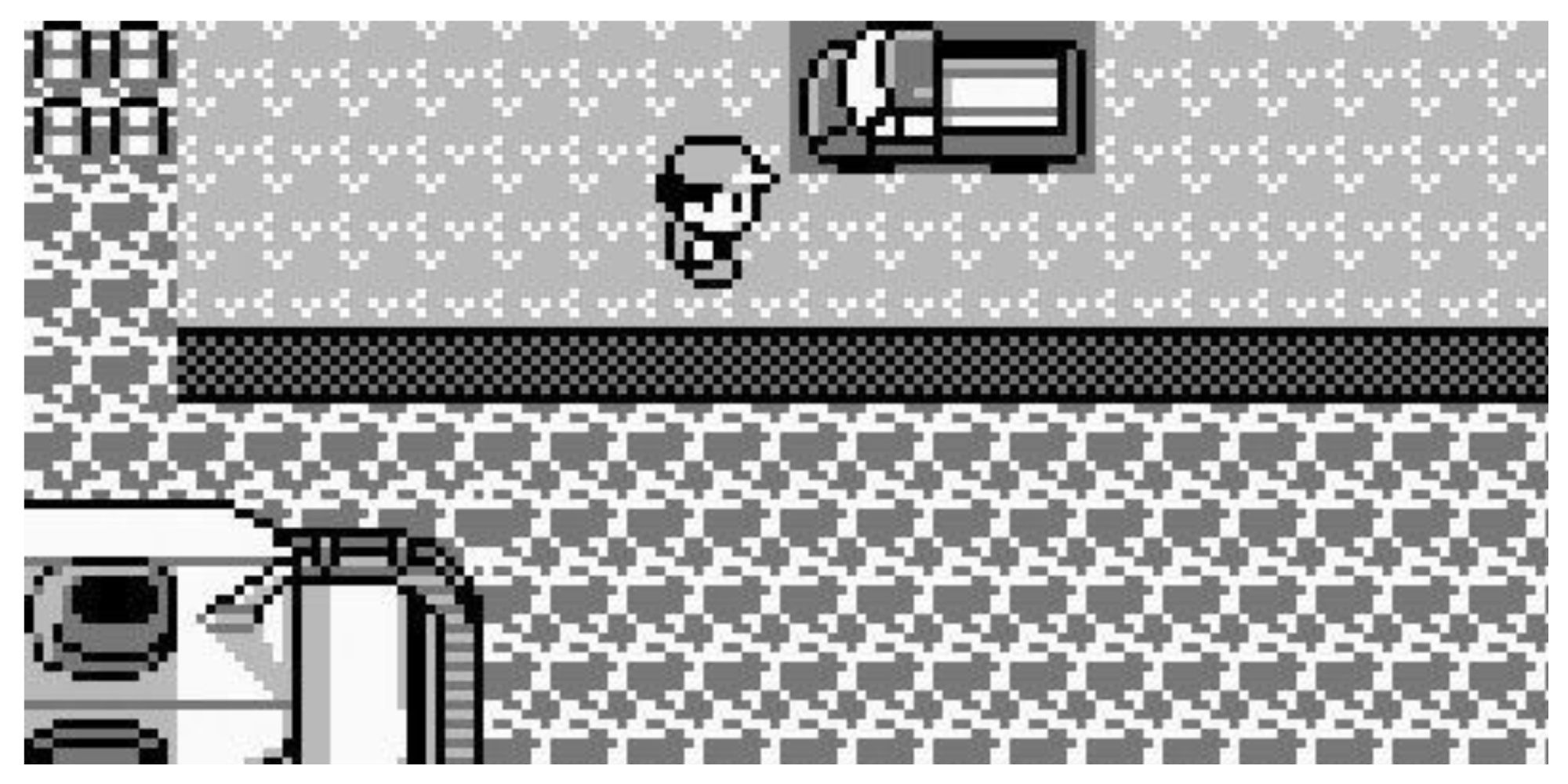
More
5 Debunked Urban Myths in Video Games
Some are harmless, while others are downright controversial, but these video game rumors are united in being 100% factually incorrect.

